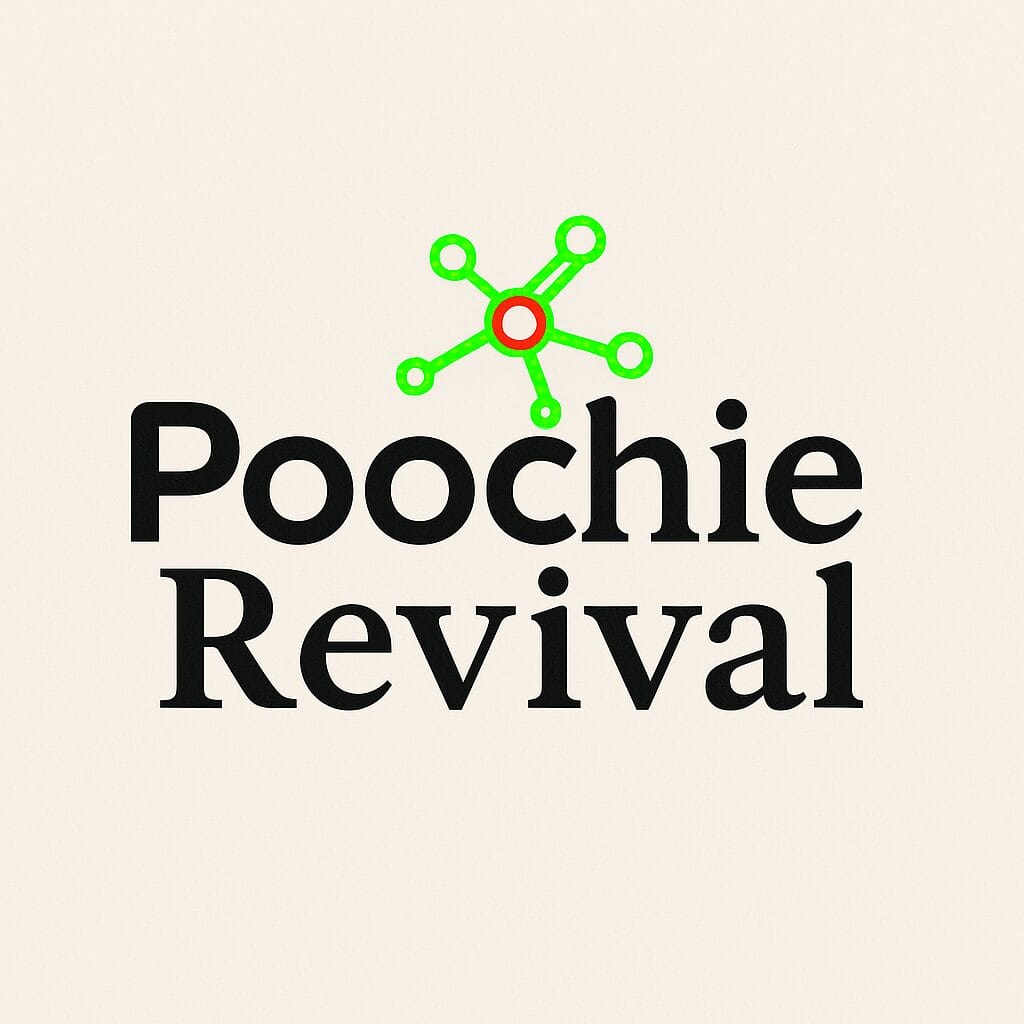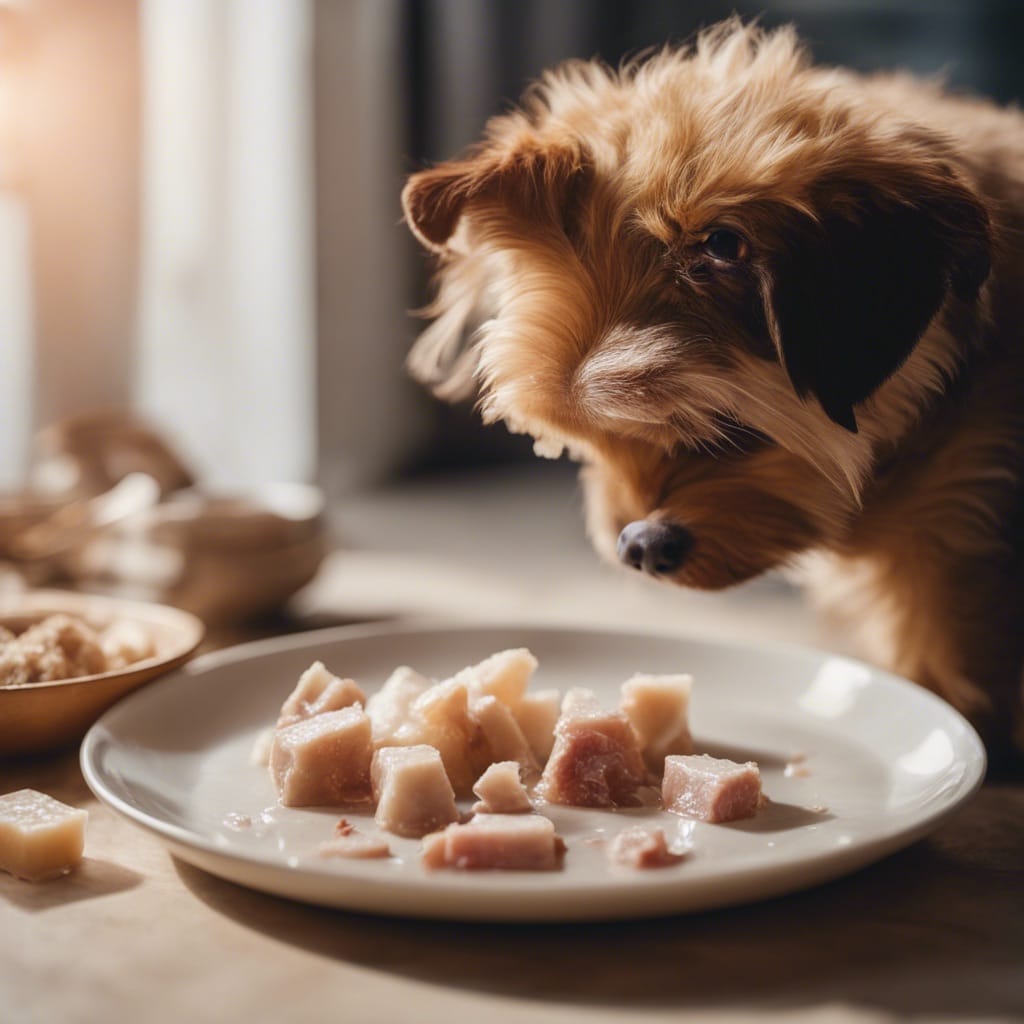There are a few eternal memes in dog feeding. Chicken bones kill, the dog is an omnivore, or the calcium to phosphorus ratio is the most important thing. None of those are true. The belief in the high phosphorus content of meat is also not true.
The claim about the high phosphorus content of meat is encountered mainly in two contexts. The first is feeding dogs with kidney disease, where veterinarians advise avoiding phosphorus – although no tools are provided for this. The second is a belief most strongly associated with raw feeding, where the high phosphorus content of meat is a problem if the sacred Ca/P ratio is not at least 1.01:1 – as long as the calcium to phosphorus ratio is correct, it doesn’t matter how much phosphorus is in the dog’s food. Or how little. The ratio is what matters.
The Ca/P ratio is easy. It doesn’t matter at all. As long as the dog gets the necessary amount of calcium, the ratio is always correct. The question is only and solely about the amount of calcium, nothing else. Where the calcium comes from only determines how large the Ca/P ratio is:
- Calcium carbonate, or feed lime, raises the ratio because calcium comes without phosphorus
- Calcium phosphate, or bones, lowers the ratio because phosphorus comes with the calcium
And the ratio is always correct, and the debate over whether 1.2:1 is better than 2:1 only tells about the debate over whether more calcium is better or worse than less. For some strange reason, it’s more pleasant to talk about ratios than real amounts with real substances. It’s a bit like the smokescreen of calculating energy percentages when wanting to hide a general and well-known fact under a complex magic cloak. Somehow, one’s own authority and competence must be built, and for some reason, presenting simple things simply is not an option.
Kidney problems are a more complicated issue, so let’s go with a shorter version this time:
- Phosphorus is not the problem, but the kidneys’ inability to reabsorb minerals is
- The amount of phosphorus in food cannot be reduced to a level that would have a significant impact on the kidneys’ reduced filtering ability
- If the total phosphorus in the diet is reduced so much that it matters, the diet is no longer suitable as food
- If you want to reduce the total phosphorus in the diet compared to dry foods, it is done with meat, raw food
Every veterinarian, dog nutritionist, and feed dealer must know these things. If they don’t know, they are asking the customer for money without giving anything in return except incompetence.
Let’s present a few reference values. Once again, we go with the assumed portions for a 30 kg dog.
| portion | P tot. | Ca tot. | |
|---|---|---|---|
| Golden Eagle Holistic Chicken Formula | 280 g (17 % fat) | 3080 mg (1,1 %) | 4200 mg (1,5 %) |
| Royal Canin Renal Special dry | 360 g (16 % fat) | 1080 mg (0,3 %) | 2160 mg (0,6 % |
| Meat mix, full | 600 g (16 % fat) | 1920 mg (0,3 %) | 2100 mg (0,35 %) |
| Beef for dogs | 600 g (24 % fat) | 1200 mg (0,2 %) | 60 mg (0,01 %) |
| Chicken, grounded, some bones | 600 g (14 % fat) | 7200 mg (1,2 %) | 12600 mg (2,1 %) |
I would have used Hill’s K/D Prescription Diet Canine Kidney Care dry food sold by veterinarians as an example, but since Hill’s doesn’t bother to disclose the phosphorus content in a food where it is considered essential, I couldn’t. Does anyone really recommend something where essential information cannot be found?
The table directly shows two things. The first is that the amount of meat doesn’t matter. The only thing that matters is the amount of bones, to some extent the plant world. According to the manufacturer’s statement, Mush’s product contains 35% bone, and this is directly reflected in both the phosphorus and calcium content. Similarly, Maukkaan’s phosphorus is raised by the use of bones as a source of calcium, not meat.
The plant world depends very much on what is used. High-carbohydrate foods like potatoes have little phosphorus. But that is directly due to the amount of carbohydrate, and similarly, high-fat meats have less phosphorus. Wheat has more phosphorus than, for example, rice, and a mnemonic for this is phytates; if there are many, then there is also a lot of phosphorus – although partly in an unusable form, so we are back to the same situation as with meat.
Royal Canin has reduced the phosphorus content as follows: rice, corn flour, animal fats, corn, dried poultry protein, hydrolyzed animal proteins, beet pulp, wheat gluten, vegetable fibers. Some raw materials are brought in as hydrolysates, which means that only the protein part remains. So, it’s no longer food in the concept that everyone understands. So when the veterinarian advises avoiding phosphorus in kidney problems, they mean three things:
- Do not give bones
- Give protein supplements for athletes
- Give less food (or more potatoes)
Everyone can think for themselves how practical that is. But you can achieve the same result by giving slightly less fatty meat and providing calcium as feed lime.
Let’s compare some specific raw materials:
| P-% | 600 g (compared to 30 kg dog) gives | |
|---|---|---|
| chickwn, grounded | 0,18 | 1080 mg |
| beef, grounded | 0,17 | 1020 mg |
| beef/pork, grounded | 0,13 | 780 mg |
| wheat | 0,33 | 1980 mg |
| chicken wings | 0,70 | 4200 mg |
| cow kneecaps, + similar | 1,5 | 9000 mg |



